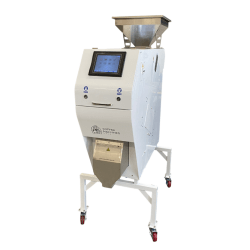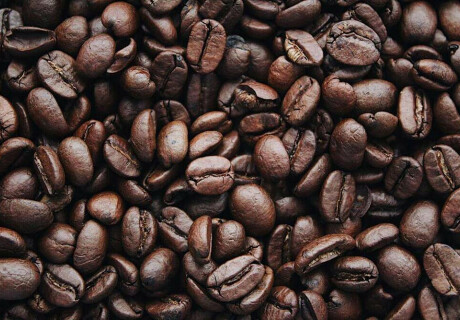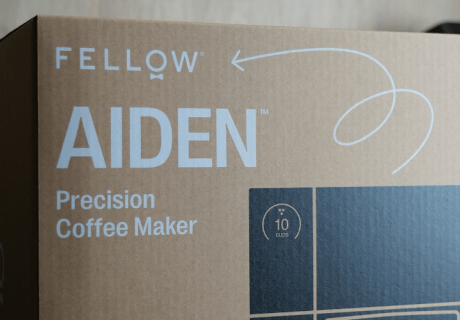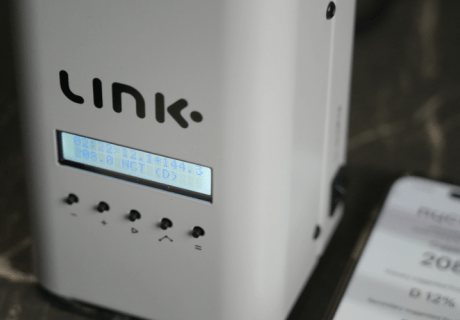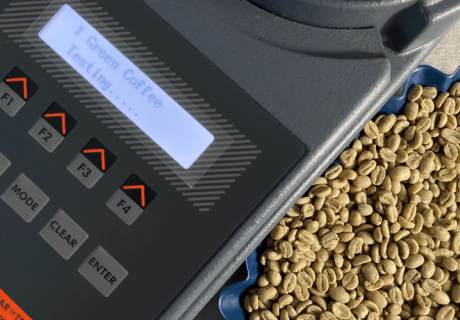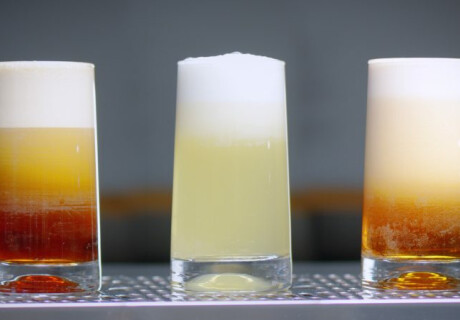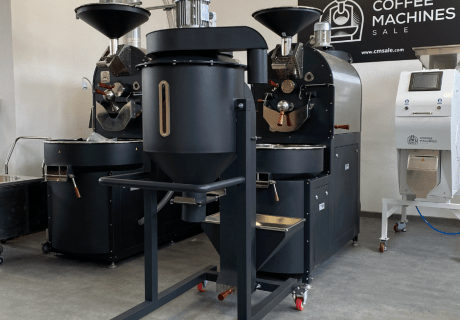Sorting Out Flavor: The Key to Unlocking Coffee's Full Potential
Imagine this: you're in your favorite coffee shop, and you watch as the barista pours a fresh batch of beans into the grinder. But wait a minute, those beans... they're a mishmash of colors, ranging from pale, almost greenish beans to dark, richly roasted ones. It's not just a feast for the eyes but a pivotal moment that can make or break your coffee experience. Why? Because the uniformity in the color of coffee beans is not just about aesthetics; it's a hallmark of quality, consistency, and flavor excellence.
Color sorting in coffee beans, both green and roasted, is an art and science that goes unnoticed yet is crucial in the coffee-making process. When beans are uneven in color, especially those too light or too dark, they are more than just an eyesore; they hold the power to drastically sway the taste of your brew. Light beans can introduce a sour, underdeveloped flavor, while overly dark beans might contribute a burnt, bitter aftertaste. That's where the hero of our story comes in: the color sorter.
The Science Behind Color Sorters: A Technical Perspective
Central to the sorter's operation are its high-resolution Charge-Coupled Device (CCD) cameras, which boast an impressive resolution of 4096 pixels, enabling the detection of minuscule color variations with unparalleled clarity. These optical sensors function as the sorter's perceptive eyes, capturing detailed images of each coffee bean in a rapid, continuous flow. The subsequent image analysis is a feat of sophisticated algorithmic processing, where each captured frame is instantaneously evaluated against a rigorously defined colorimetric spectrum tailored to specific quality standards.
The real-time processing capabilities of the sorter are underpinned by robust software algorithms, engineered through comprehensive data analysis and machine learning techniques. These algorithms are adept at distinguishing the subtle color gradations of each bean, applying a set of predetermined criteria to ascertain conformity to the desired quality metrics. Upon identifying a bean that deviates from the specified color range, the system activates a precise mechanical response of finely calibrated ejectors. Activated by the software's split-second decision-making, these ejectors deliver targeted pneumatic blasts, effectively segregating non-conforming beans with minimal margin for error.

Coffee beans fall down a special track, defects will be captured by cameras and "shot" with a jet of air
The sorter’s prowess is further exemplified by its adaptability to diverse coffee bean varietals and conditions, maintaining unwavering precision whether sorting unroasted green beans or their roasted counterparts.
The Impact of Removing Green Bean Defects
The meticulous sorting of green coffee beans, removing any with defects before they reach the roasting phase, is a pivotal process that significantly enhances the quality and taste of the final coffee product. This pre-roasting scrutiny is not just about aesthetic enhancement but is fundamentally about improving the sensory profile and consistency of the coffee.
Common defects include underripe beans, insect-damaged beans, or those affected by fungal diseases, each capable of adversely affecting the flavor profile of the coffee. For instance, underripe beans can lead to a grassy, sour taste in the brewed coffee, while beans with fungal contamination might contribute musty, unpleasant flavors.

Removing these defective beans before they are roasted is essential for several reasons. Firstly, it ensures a more uniform roast, as defective beans can roast at different rates than their perfect counterparts, leading to inconsistency in flavor. Secondly, it enhances the overall sensory experience, ensuring that only the best beans contribute to the final taste, resulting in a cleaner, more flavorful cup of coffee.
Understanding Quakers and Their Influence on Coffee Taste
Quakers are underdeveloped beans that fail to roast properly due to their insufficient sugar content, which is often a result of incomplete maturation or improper processing at the origin. They remain light in color, hidden amongst the perfectly roasted beans, and are typically identified only post-roast, during cupping or by the discerning palate of a coffee enthusiast. The taste they impart is distinctly off-putting, often described as papery, grainy, or akin to raw peanuts, starkly contrasting with the rich, complex flavors expected from a well-roasted coffee.
The origin of quakers is fundamentally linked to their growth and development on the coffee plant. Factors like uneven ripening, pest infestations, or adverse environmental conditions can contribute to their development. These beans are problematic because they are difficult to detect prior to roasting; their size, shape, and color can appear normal, and only the roasting process reveals their true nature.

The influence of quakers extends beyond just the cup quality; they can affect the roaster's reputation, consumer satisfaction, and ultimately, the bottom line. In specialty coffee circles, where the emphasis is on the distinctiveness and clarity of flavor, the presence of quakers can be particularly detrimental. Therefore, the ability to effectively eliminate these beans before they compromise the roast is invaluable, underscoring the importance of advanced sorting technologies in modern coffee production.
Which Coffee Beans Color Sorter Should I Choose?
The Coffee Color Sorter MINI-125 stands out as an essential tool for small to medium-sized roasteries, ensuring that every batch of coffee meets the highest standards of quality and consistency. With its advanced optical system featuring high-resolution CCD cameras, this sorter excels in detecting and removing not just imperfect beans but also any foreign materials, thus guaranteeing a pristine, uniform batch of coffee beans ready for roasting.
The MINI-125's technical prowess is designed to cater to roasteries with a capacity of up to 30kg per batch, offering a sorting capacity of 125kg of roasted or 250kg of green coffee per hour.
For larger roasteries with greater capacity needs, the Coffee Color Sorter MINI-250 presents a scalable solution. This model embodies all the innovative features of the MINI-125 but with a doubled capacity, catering to businesses looking to expand their operations without compromising on the quality of their coffee. The MINI-250 is equipped to handle a larger throughput, offering an efficient way to maintain consistency and quality even at higher volumes, ensuring that even the largest batches are free from defects and foreign materials.
Both the MINI-125 and MINI-250 are backed by a robust support system, providing a one-year warranty and online customer support assistance, underscoring a commitment to reliability and long-term service. These sorters are not just machines but partners in the roasting process, equipped to adapt to the specific needs of each roastery, whether they are scaling up their operations or focusing on fine-tuning their craft to perfection.

As the specialty coffee industry continues to evolve, there's an intensifying focus on the final product's quality, with roasteries striving to meet the discerning tastes of coffee enthusiasts worldwide. In this refined market, the adoption of advanced sorters like the MINI-125 and MINI-250 is becoming increasingly prevalent. These technologies are not just trends but essential tools that align with the meticulous standards expected in specialty coffee, ensuring every bean contributes to a premium brewing experience. As we move forward, the presence of such sophisticated sorting solutions is set to become a hallmark of top-tier coffee production.







